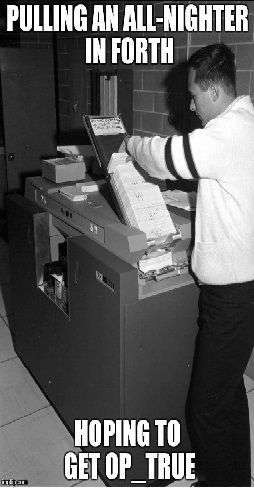My Ethereum misconceptions
I’ve been working on smart contracts for a while now. I’ve spent countless hours focusing on things like how to securely move funds between legacy systems, where I’ve gained a deep and terrible understanding of how truly bad cross-blockchain compatibility really is.
You would think that a guy who has been working on smart contracts for this long would have seen more of the benefits behind something like Ethereum, but that isn’t the case for reasons I’ll reveal in this post… If anything my experience has only made it easier for me to dismiss it.
Here are some of my biggest misconceptions about Ethereum so far (but these misconceptions are by no means unique.)
Mistake 1: Dismissing how useful general-purpose blockchains are
For those who know the history of Ethereum you will know it was mostly created as a response to how limited blockchains were at the time. If you had of tried to...
